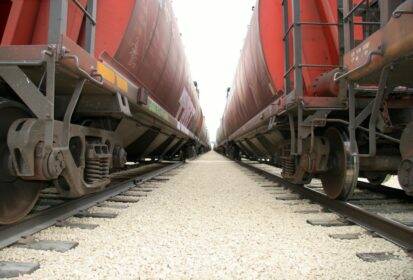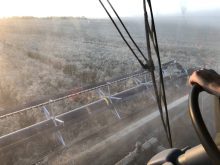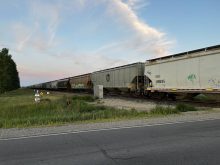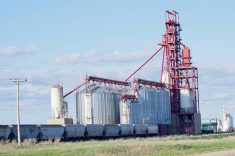Glacier FarmMedia — Virtually everyone involved in agriculture has been worried for months about a rail stoppage. When the situation finally exploded in the second-last week of August, it was just about the worst possible timing.
Mid-August, in particular, saw louder cries for either a deal between Canada’s two major railways and the Teamsters Canada Rail Conference, or a referral for binding arbitration to force a deal and keep the Canadian economy on the literal tracks.
The latter option got loud support from too many provincial and federal farm groups to name.
Read Also
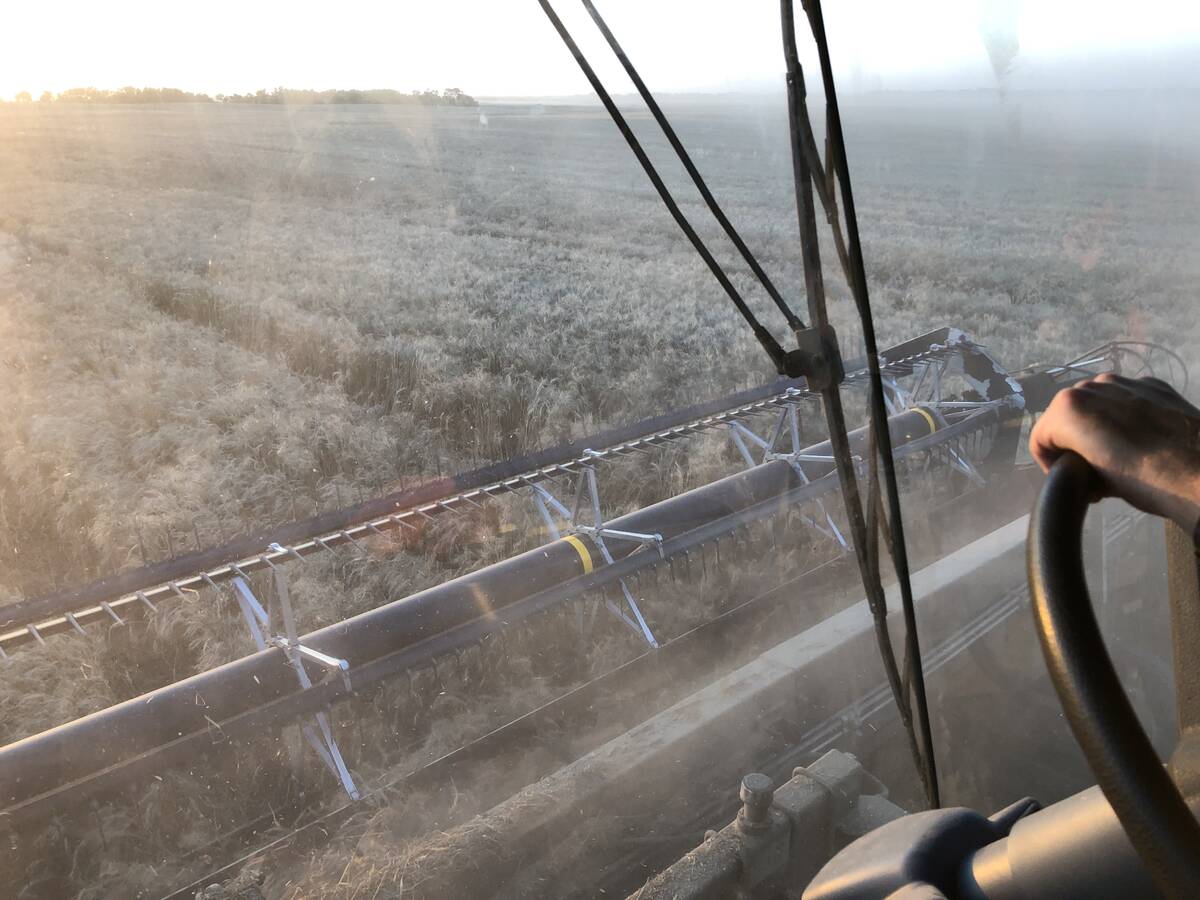
Mail strike disrupts grain sample delivery
The Canadian Grain Commission has asked farmers to consider delivering harvest samples directly to CGC offices, services centres or approved drop offs as Canada Post strike delays mail.
Ultimately, those crying for 11th-hour federal intervention didn’t get it. Instead, the government swooped in at three in the metaphorical morning — just in the nick of too late — and too late to avoid some damage.
The stoppage had already begun by the time Labour and Seniors Minister Steven MacKinnon announced he was punting the matter to the Canada Industrial Relations Board. The railways had already been winding down shipment of certain hazardous materials, fertilizer being one of them, in anticipation of the halt.
It is worth noting that focusing only on the word “strike” ignores the dual sides of the dispute. Employees at one company hit the picket lines (a notice against the other came later, and was dropped before it started when the CIRB ordered everyone back to work). The other half of the situation is the lockout. Both railways locked out employees.
It’s an important distinction. While it’s never good for agriculture when rail cars don’t move, the scope of this potential work stoppage and its unfortunate timing made it a crisis. For the first time, the two major railways, the effective duopoly of rail ownership in Canada, were going to be stalled at the same time, right at harvest.
Keeping the companies’ actions in the narrative helps underline the way lack of competition in Canada’s rail ownership played into the whole fiasco. It boils down to the fact that a labour dispute impacting only two companies was able to threaten total shutdown of one of Canada’s key economic arteries.
If your dispute is big enough that you can hold the Canadian economy hostage, all parties then get to deal with the government getting in your face to make sure you don’t, in fact, hold the economy hostage.
The same lack of competition means that these labour talks, which have such economically devastating implications when they fail, involve much higher stakes. Little competition among companies means little competition among employers. If employees are getting a deal they don’t like, they have little ability to vote with their feet while still staying in the industry they’ve built careers in.
Lack of competition in agriculture is not a new issue. Addressing the problem, however, is a much deeper challenge.
In mid-August, Canada got a new political party. The Canadian Future Party, which is marketing itself as a centrist option for those disillusioned with Liberals and Conservatives, included increased agricultural competition in its platform.
That’s a tall order. It would mean confronting the fact that Canada’s competition law needs more muscle and much sharper teeth. It would require political willingness to tick off big businesses.
Large corporations always give reasons why moves to bolster competition are a bad idea. Look at the railway response to a piloted interswitching radius jump last year. Grain shippers said it increased competitive tension; railways argued that, among other things, it would put them at a competitive disadvantage with U.S. companies and be expensive.
“That means fewer available carloads for Canadian railroaders to move across Canada. It may also mean less available work for port workers if shipments end up in Seattle rather than Vancouver,” Railway Association of Canada president Marc Brazeau told a Senate committee in May 2023.
Canadian agriculture, and Canada in general, need to foster more competition. But if you’re already a long way down a bad road, the way back is going to be equally long and bumpy.


